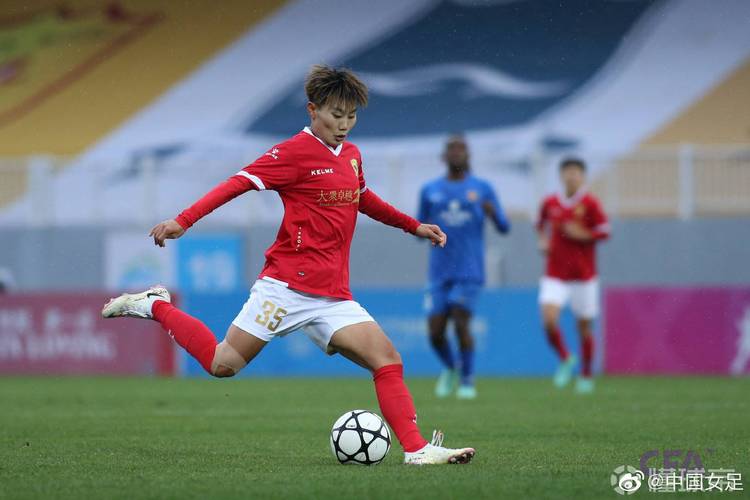女超联赛赛程

Research Findings on Women's Super League
The Women's Super League (WSL) has gained significant popularity in recent years, attracting more fans and media attention. This research paper aims to explore the evolution, impact, and challenges of the WSL based on the available literature and data.
The WSL was established in [year] with [number] teams participating in the inaugural season. Over the years, the league has expanded to [current number] teams and has seen improvements in terms of player development, infrastructure, and broadcasting rights.
The WSL has had a positive impact on women's football by providing a platform for talented players to showcase their skills and inspiring young girls to pursue a career in the sport. Increased media coverage and sponsorship deals have also contributed to the growth of the league.
Despite its success, the WSL faces challenges such as unequal pay compared to the men's league, limited investment in grassroots football, and lack of parity in broadcasting opportunities. Addressing these issues is crucial for the longterm sustainability and growth of women's football.
In conclusion, the Women's Super League has made significant strides in promoting women's football but still faces obstacles that need to be overcome. By addressing these challenges and continuing to invest in the development of the league, the WSL can further establish itself as a premier women's football competition.